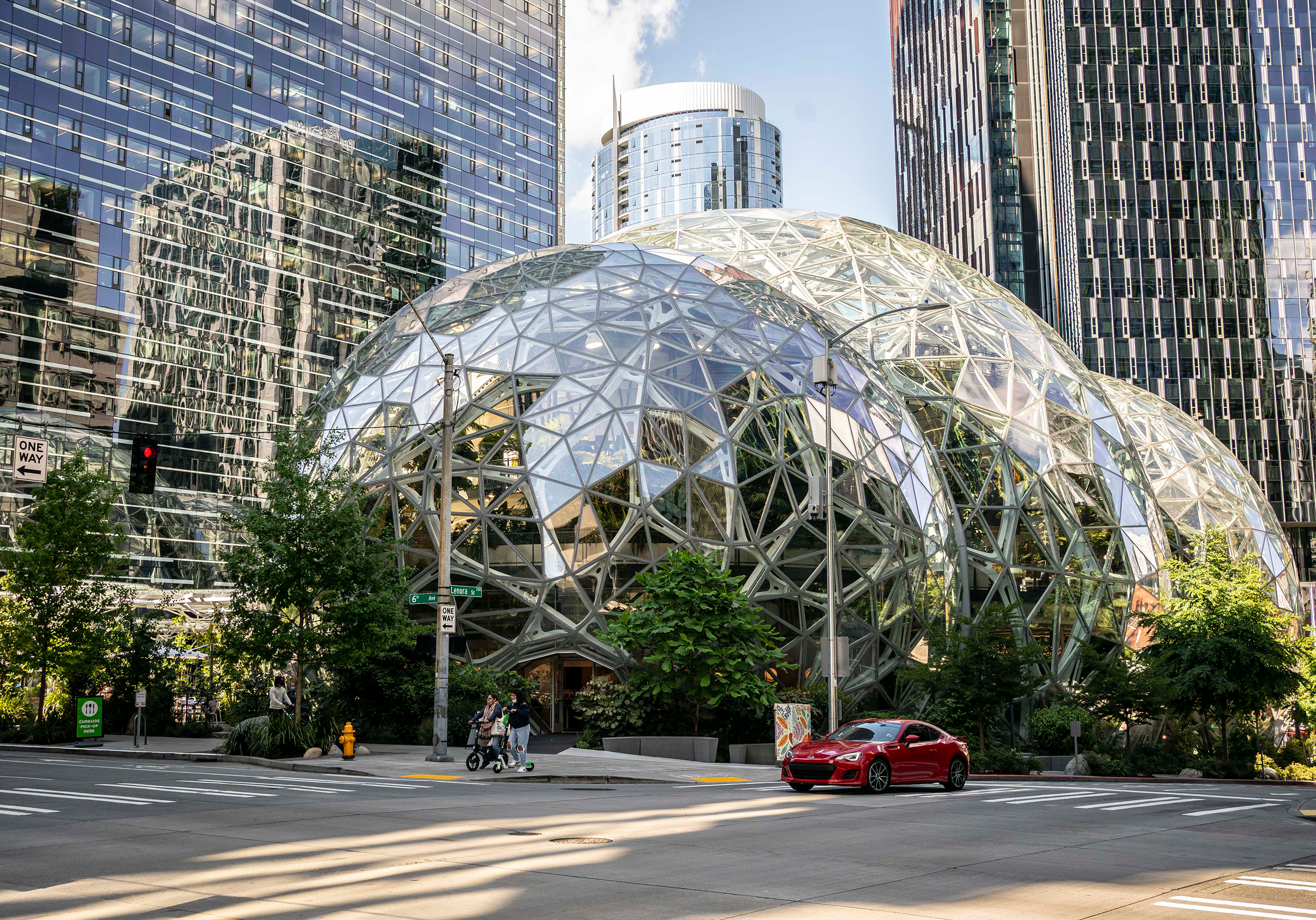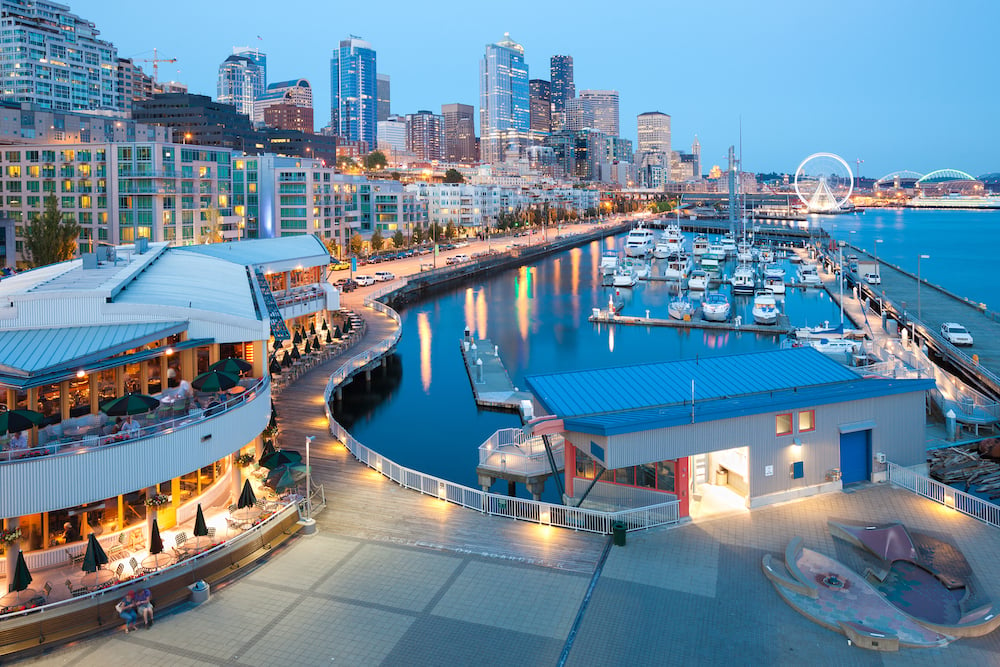Welcome to Part VII of The Basics of Commercial Lines Rating series. If you’re new to this series, or just need a refresher on Commercial Lines Rating, you’ll want to start with Part I.
 Rating commercial property, like these buildings in Seattle,
Rating commercial property, like these buildings in Seattle,
can be a complex process.
Related:
WSRB's Essential Guide to Commercial Property Risk Assessment
As you’ll remember from Part 6, the Basic Causes of Loss Form covers 11 perils in two groups:
|
Group I: |
Group II: |
|
1. Fire 2. Lightning 3. Explosion 4. Vandalism 5. Sprinkler Leakage* |
6. Windstorm or Hail 7. Smoke 8. Aircraft or Vehicles 9. Riot and Civil Commotion 10. Sinkhole Collapse 11. Volcanic Action |
* Sprinkler Leakage is included in Group I whether or not the building is sprinklered.
The Broad Causes of Loss includes all the perils listed above, plus three more causes of loss:
- Falling objects
- Weight of snow, ice, or sleet
- Water damage
The Broad Causes of Loss form also includes additional coverage for collapse. The form includes an explanation of what collapse entails for the purposes of this additional coverage, along with a description of each of the covered causes of loss.
For a Broad Form policy, these are the only perils for which a claim will be paid. Both specifically-rated and class-rated properties are eligible for a Broad Causes of Loss policy.
When rating a policy with Broad Form, the amount of insurance and coinsurance percentage must be the same for each cause of loss.
Related:
What is Covered and When to Use the Special Causes of Loss Form
Broad Cause of Loss eligibility requirements
Coinsurance must be at least 80% for property damage and 50% for time element coverages. Also, be aware that certain kinds of risks can’t be covered under a Broad form policy:
- Farms or farming operations
- Grain elevators, grain tanks, and grain warehouses
- Neon, automatic, or mechanical electric outdoor signs erected or in the course of construction
- Risks rated using the Rating Plan for Highly Protected Risks or Superior Risks
To develop the premium for a Broad form policy, you will need to rate:
- Group I Causes of Loss
- Group II Causes of Loss
- Broad Causes of Loss
Basic Group I (BGI) and Basic Group II (BGII) Loss Costs are determined in the same way as in a Basic form policy, regardless of whether the risk is class-rated or specifically rated.
Broad form loss costs are based on the construction of the building. Here is an example of what they might look like:
|
Item |
Modified Fire Resistive (5) and Fire Resistive (6) |
All Other |
|
Building |
.010 |
.015 |
|
Personal Property |
.011 |
.021 |
These loss costs can be found in the Multistate Loss Costs pages of the Commercial Lines Manual (CLM) Rule 71.E.2.c
Applying rate factors
BGI and BGII loss costs
When rating these for a Broad form policy, apply the same rate factors in the same order as for a Basic form policy.
Broad Form loss costs
Apply rate factors in the following order:
- Company-filed Loss Cost multiplier
- Coinsurance adjustment, if applicable
- Limit of Insurance relativity factor, if using LOI rating method (interpolated)
- Factors or charges required by individual rules
Remember to apply additive factors before applying multiplicative factors unless a rule states otherwise.
The complete Causes of Loss - Broad Form Rule (Rule 71) is found in Division Five of the CLM.











